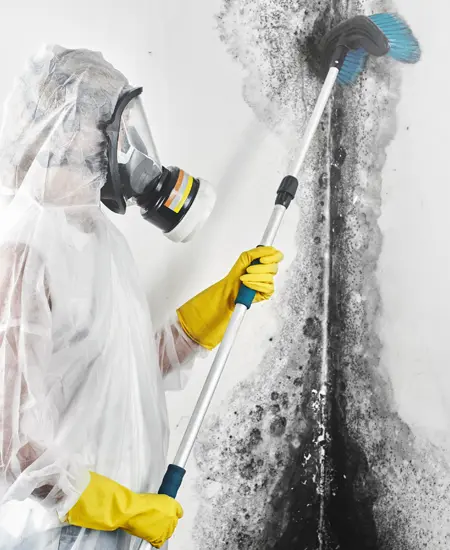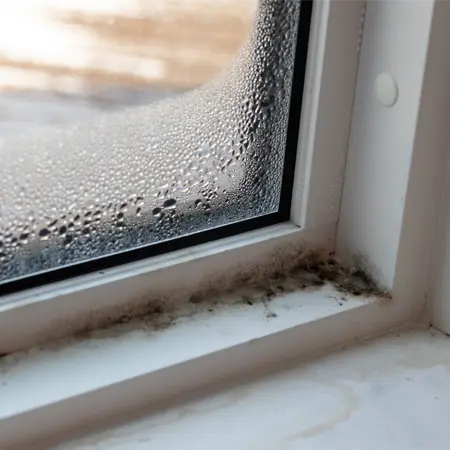Mold Remediation and Services
Mold poses a significant health risk, as spores can enter your HVAC system and spread throughout your home, potentially causing severe health issues. It's crucial to act quickly, especially after water damage, as mold thrives in moist conditions. Despite efforts to quickly remove water, you might still be at risk. We urge you to contact our team for a prompt mold cleanup assessment, allowing you peace of mind.

